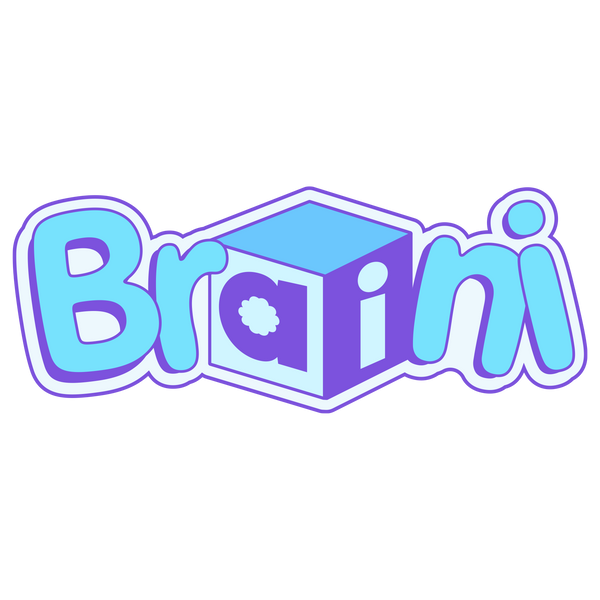From Play to Progress: How Gamified AI Learning Shapes the Next Generation
Share
Introduction
Kids love games. But what if games could also teach them?
Gamification is the use of game thinking and mechanics in non-game contexts to engage users in solving problems (Dichev et al., 2015). In education, gamification is applied to attract kids, simplify the learning process, and make it interactive and ultimately making learning more effective. This combination of play and progress is exactly what parents are searching for today.
What is Gamified Learning?
In gamified learning, game elements such as points, levels, badges, and challenges are integrated into the educational process. Unlike regular games that focus only on entertainment, gamified learning has a clear purpose: to educate children in a fun and engaging way.
For example, instead of simply solving math problems, children may “unlock” new levels as they progress, or earn digital badges for completing challenges. This structure makes learning feel rewarding and encourages persistence.
The Science Behind Gamification
The power of gamified learning is supported by research.
According to Self-Determination Theory, “a psychological macro-theory that focuses to a substantial extent on the effects of social and contextual factors on human motivation, behavior, and personality” (Deci & Ryan, 2012), gamification increases both motivation and engagement.
When applied in schools, gamification aligned with Self-Determination Theory has been shown to improve attendance, raise graduation rates, and boost student achievement (Deci & Ryan, 2012). By giving kids a sense of progress and mastery, gamification turns learning into a self-motivated experience.
Benefits for Kids Beyond Academics: Problem-Solving, Creativity, Resilience, and Future Skills
AI literacy is quickly becoming a necessity, yet only a small number of schools in the Arab world have integrated AI into their curriculum. But the future of our kids shouldn’t be limited by outdated educational systems.
Gamified AI learning offers benefits that go well beyond traditional academics:
- Problem-Solving and Critical Thinking: Kids learn to analyze challenges, test solutions, and adapt.
-
Creativity: AI-based games encourage storytelling, design, and innovative thinking.
-
Resilience: Through reward loops and trial/error play, children learn persistence.
-
Future Skills: Early exposure to AI helps kids see it as a tool to solve real-world problems, preparing them to become future inventors and innovators.
By learning AI through play, children don’t just consume technology but they learn how to shape it.
Case Study: Braini AI
Braini AI is the first startup in Lebanon and the Arab world that creates gamified AI learning products for children aged 5 to 12.
The goal is simple yet powerful: to introduce AI concepts at a young age through interactive, research-based, and bilingual products where they're offered in both the child’s native language and their secondary foreign language.
Braini’s products are designed by experts and aim to improve society’s mindset toward technology while raising awareness about the importance of AI education in Lebanon and across the region.
Gamification techniques used by Braini AI include:
-
Points and stars
-
Progress rewards
-
Badges and certificates
These features keep kids motivated and make the process fun, engaging, and effective.
Conclusion
Teaching kids about AI isn’t easy. But by combining gamification with Braini’s AI learning products, education becomes not only possible but exciting.
By turning play into progress, Braini is helping raise a generation ready to create with AI, not just consume it.
References
-
Dichev, C., Dicheva, D., Angelova, G., & Agre, G. (2015). From gamification to gameful design and gameful experience in learning. Cybernetics and Information Technologies, 14(4), 80–100.
-
Robson, K., Plangger, K., Kietzmann, J. H., McCarthy, I., & Pitt, L. (2015). Is it all a game? Understanding the principles of gamification. Business Horizons, 58(4), 411–420.
- Deci, E. L., & Ryan, R. M. (2012). Self-determination theory. In Handbook of Theories of Social Psychology (Vol. 1, pp. 416–436).


